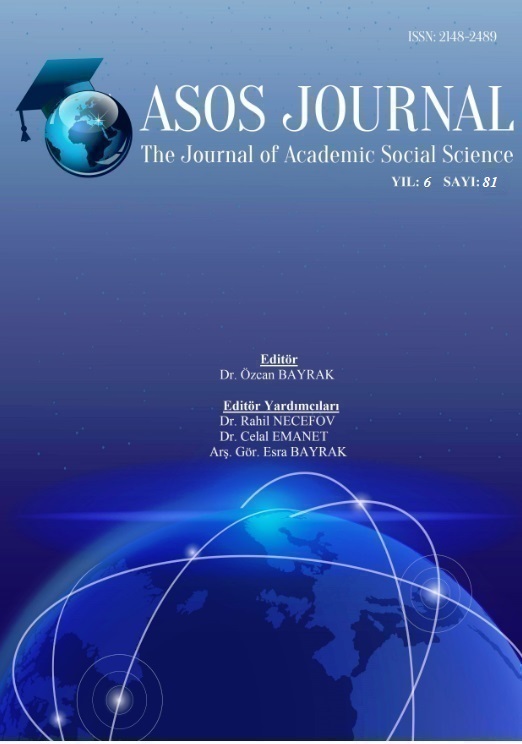MARKA İLETİŞİMİ KAPSAMINDA VİRAL REKLAM ÖRNEĞİ: ETİK VE YASAL DÜZENLEMELER ÇERÇEVESİNDEN BİR DEĞERLENDİRME
Author :
Abstract
Marka iletişiminin en etkin araçlarından biri olan reklamcılık ortaya çıktığı 19. Yüzyıldan bu yana ağırlıklı olarak basın mecrasından televizyona, oradan da internete evirilmiştir. Günümüzde birçok mecradan eş zamanlı olarak hedef kitleye ulaştırılan reklamların etik ve yasal düzenlemelere uygunluğu ve denetimi en temel problemlerden biri olmaya devam etmektedir. Yayınlandığı mecra ne olursa olsun, bir reklamın “reklam” olduğunun açıkça anlaşılması gereği reklam hukukunun temel prensiplerinden biridir. Ancak internet üzerinden yayılan viral reklamlarda bu ilke çoğu kez görmezden gelinmektedir. Bu çalışma yeni medya ortamlarında yayılan örtülü viral reklam uygulamalarının etik ve yasal boyutuyla ilgilidir. Bu çerçevede, 23 Ekim 2009 Cuma günü yayınlanan ve halen dolaşımda olan Gittigidiyor.com on-line satış firmasının “Fulya’nın İntikamı” (Sevgiliye Kapak) adlı viral reklam videosu örneği üzerinden bir alan araştırması gerçekleştirilmiştir. Araştırma, filmi izleyenlerin büyük çoğunluğunun bunun bir reklam filmi olduğunu anlamadığını; olayı ve kişileri gerçek sandığını ortaya koymaktadır. Ayrıca bu çalışma izleyicileri, karşılaştıkları örtük reklam uygulamaları hakkında bilinçlendirmek açısından önem arz etmektedir.
Keywords
Abstract
Advertising, which is one of the most effective tools of brand communication, has primarily evolved from the print media’s venue to the television, and from the television to the internet since the 19th century when it first emerged. Nowadays the compatibility and inspection of the advertisements that are conveyed simultaneously to the target audiences from many channels to the ethical and legal regulations have continued to be one of the most basic problems. Whatever channel that it was broadcasted, the necessity that an advertisement needs to be openly understood as an advertisement is one of the basic principles of the advertising law. However, this principle is often overlooked in the viral advertisements that spread over the internet. This study is about the ethical and legal dimensions of the covert viral advertisement applications that spread in the new media outlets. Within this frame, a field research has been conducted over the viral advertising video example, which was broadcasted on 23 October 2009 Friday and is still in circulation, named “Fulya’s Revenge” (In the face of the lover) of Gittigidiyor.com, an online commercial firm. The study has put forward that most of those who had watched this clip were unable to understand that this was an advertisement bit and assumed that the event and the persons were real. Additionally, this study is of significance in terms of raising the viewers’ consciousness regarding the covert advertising applications that they encounter.





